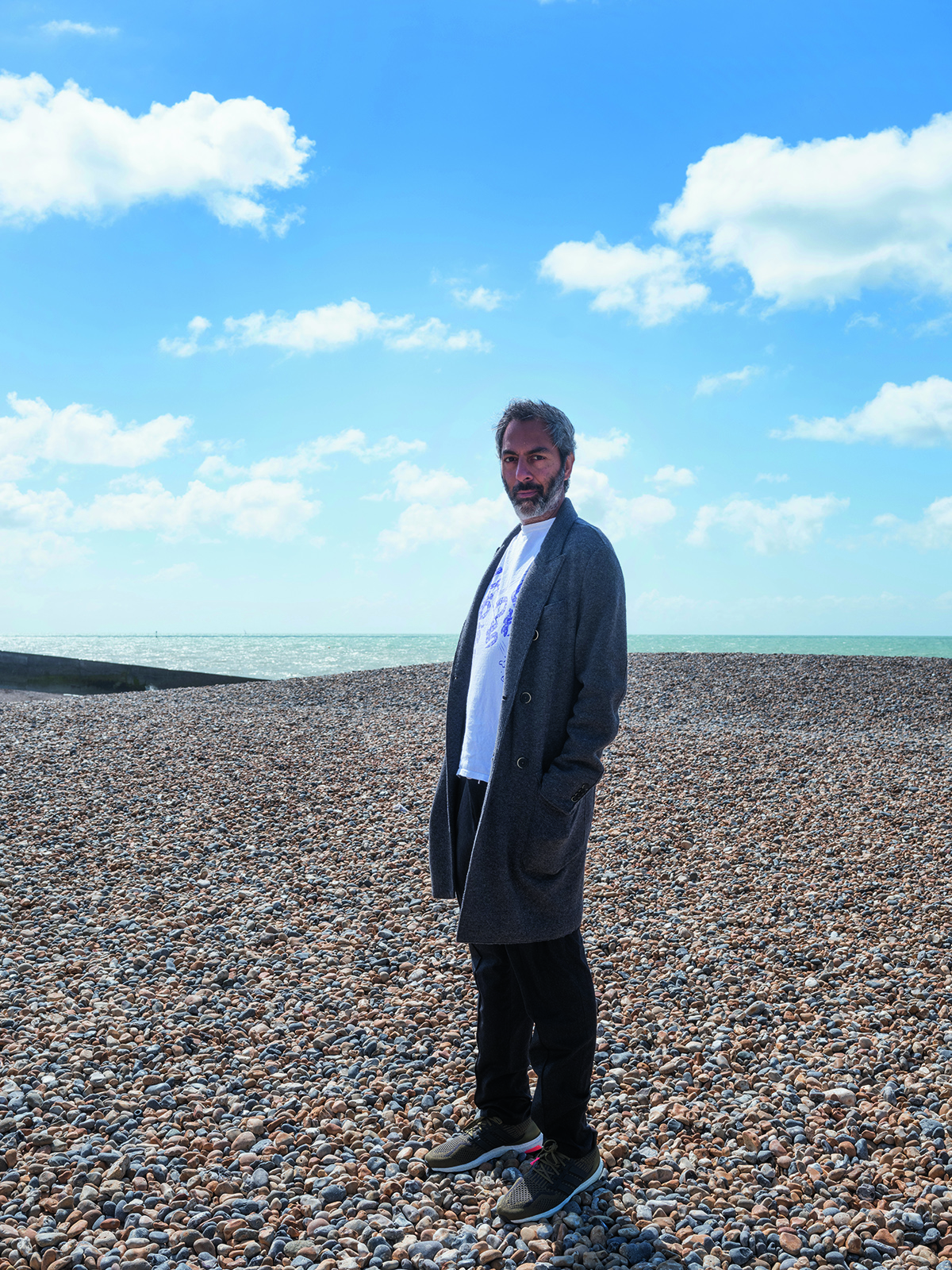
Portrait of artist Shezad Dawood at the sea’s edge in East Sussex
Shezad Dawood is seven years into ‘Leviathan’, a mammoth multidisciplinary project centred around our changing oceans. Maisie Skidmore visits the artist in his Hackney Wick studio to learn more about this monumental undertaking
Shezad Dawood is not one to back down from a big idea. “When I first called the project ‘Leviathan’, my partner asked, ‘Are you sure you want to do that?’” the artist says.
It was 2015, and London-based Dawood had begun to draw connections between the perilous journeys migrants were making across the Mediterranean, dominating the news at the time, and the environmental changes taking place under that same sea’s surface. He started speaking to environmentalists, oceanographers, political scientists, neurologists and trauma specialists, bringing together elements of their research on climate change, marine ecosystems, migration and mental health into the beginnings of what would become ‘Leviathan’ – a 10-part film cycle that also encompasses virtual-reality works, paintings, sculptures, textile pieces, talks and symposia featuring scientists and other thinkers. Inaugurated at the Venice Biennale in 2017, seven years on, ‘Leviathan’, the title taken from Thomas Hobbes’ 1651 work and the biblical sea monster of the same name, continues to gather momentum.
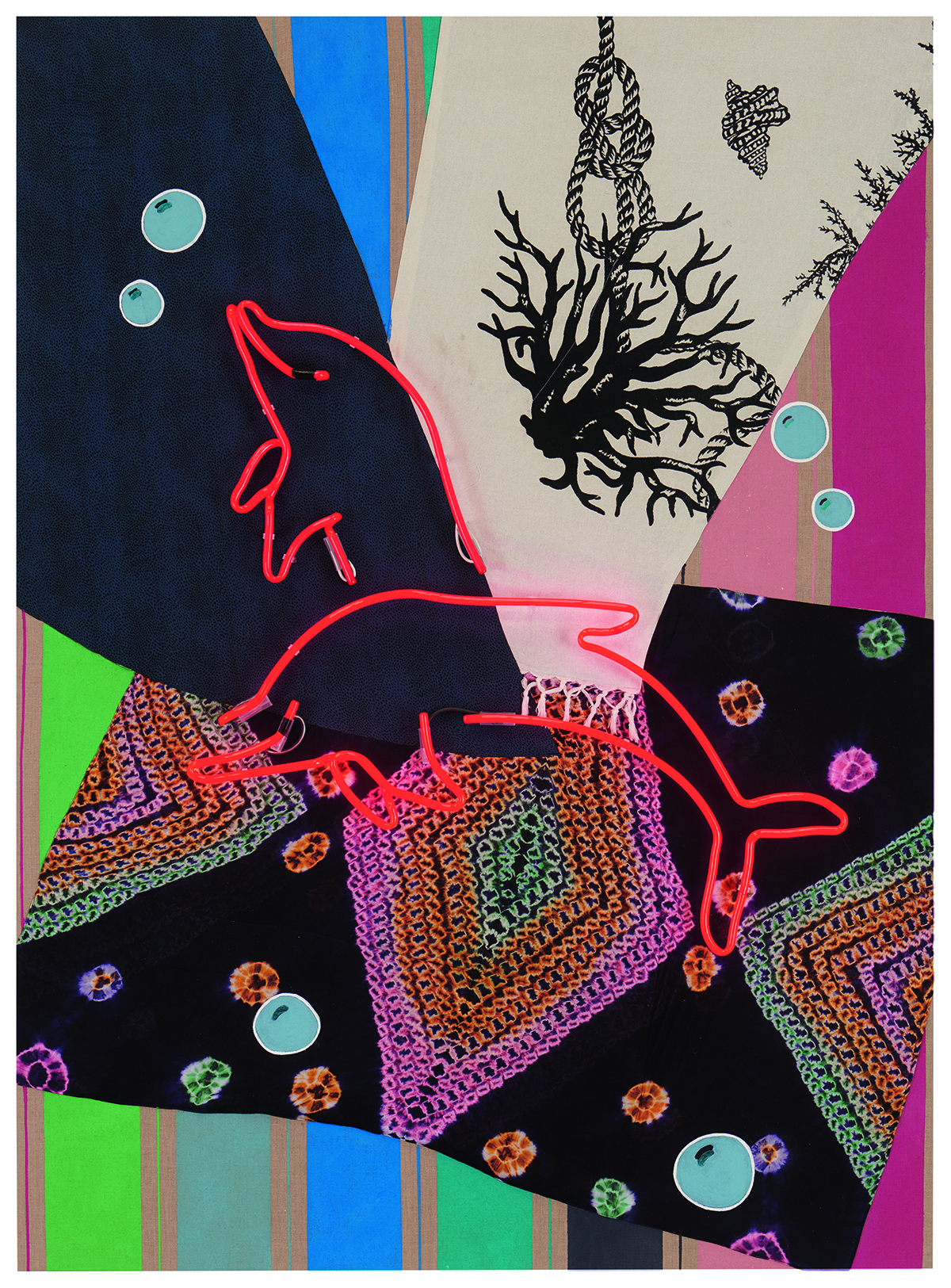
Disposable Mementoes (Dolphins), 2018
As an artist who is drawn to examine huge systems – language, history and legend being a few – the ocean had an irresistible draw for Dawood. “I make the slightly glib comment that calling this planet ‘Earth’ is a mistake, because it’s predominantly water,” he explains. “All life originates in water. Our human bodies are largely composed of it. We’re missing an important trick in thinking about who we are and where we come from.” With so many years in research, ‘Leviathan’ is still growing. “There is a universe of material.”
Follow LUX on Instagram: luxthemagazine
Some of the pieces become universes in and of themselves. Take The Terrarium, the 2020 virtual-reality experience mapped out by evolutionary geneticists and marine biologists. It allows participants to step 300 years into a speculative future of the Baltic Sea, which runs from an eroded Kent coastline to the peninsula of Tallinn, on an Earth that is 90 per cent water. This “sci-fi, operatic” world sees the participant become a hybrid cephalopod released from a laboratory to the open seas to explore their surroundings. The immersive soundtrack, Shifter, by British composer Graham Fitkin, explores shifting baseline syndrome (the theory that each generation unconsciously shifts its expectation of what defines a healthy ecosystem). The Terrarium shows both the breadth of Dawood’s vision and the attention to detail in its execution.
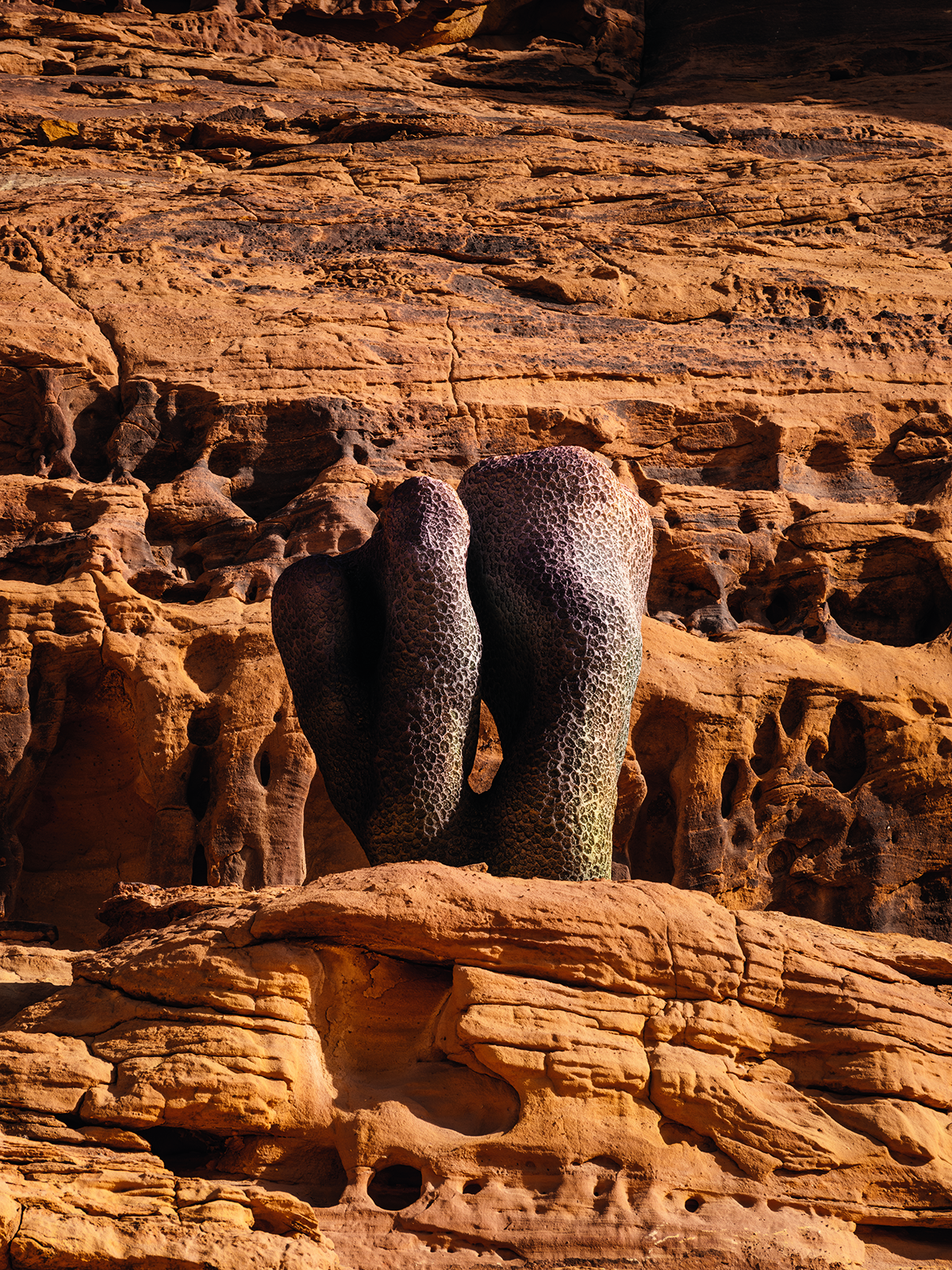
Coral Alchemy II (Porites Columnaris), 2022
Other works seek to make visible the effects of climate change that are shrouded by the depths of oceans, bringing the present- day underwater world to ground level. ‘Coral Alchemy’ is a series of giant coral sculptures created for the exhibition Desert X AlUla 2022 in Saudi Arabia, where they were placed in a canyon that, some 10 million years ago, would have been the delta of what became the Red Sea. The colour of the sculptures changes to simulate the impact of rising temperatures on coral, transforming from carbon black in the morning, through their natural colour range, before bleaching fully in the midday sun. “People have become much more aware of coral reefs in terms of biodiversity,” Dawood explains, “but one thing that could be better communicated is their role as a membrane. Coral reefs act as a protective barrier in extreme weather events, such as tsunamis. They are nature’s barrier. If we keep seeing the same drop-off in reef ecosystems, coastal erosion will accelerate, and extreme weather events will have a much greater impact on coastal communities.”
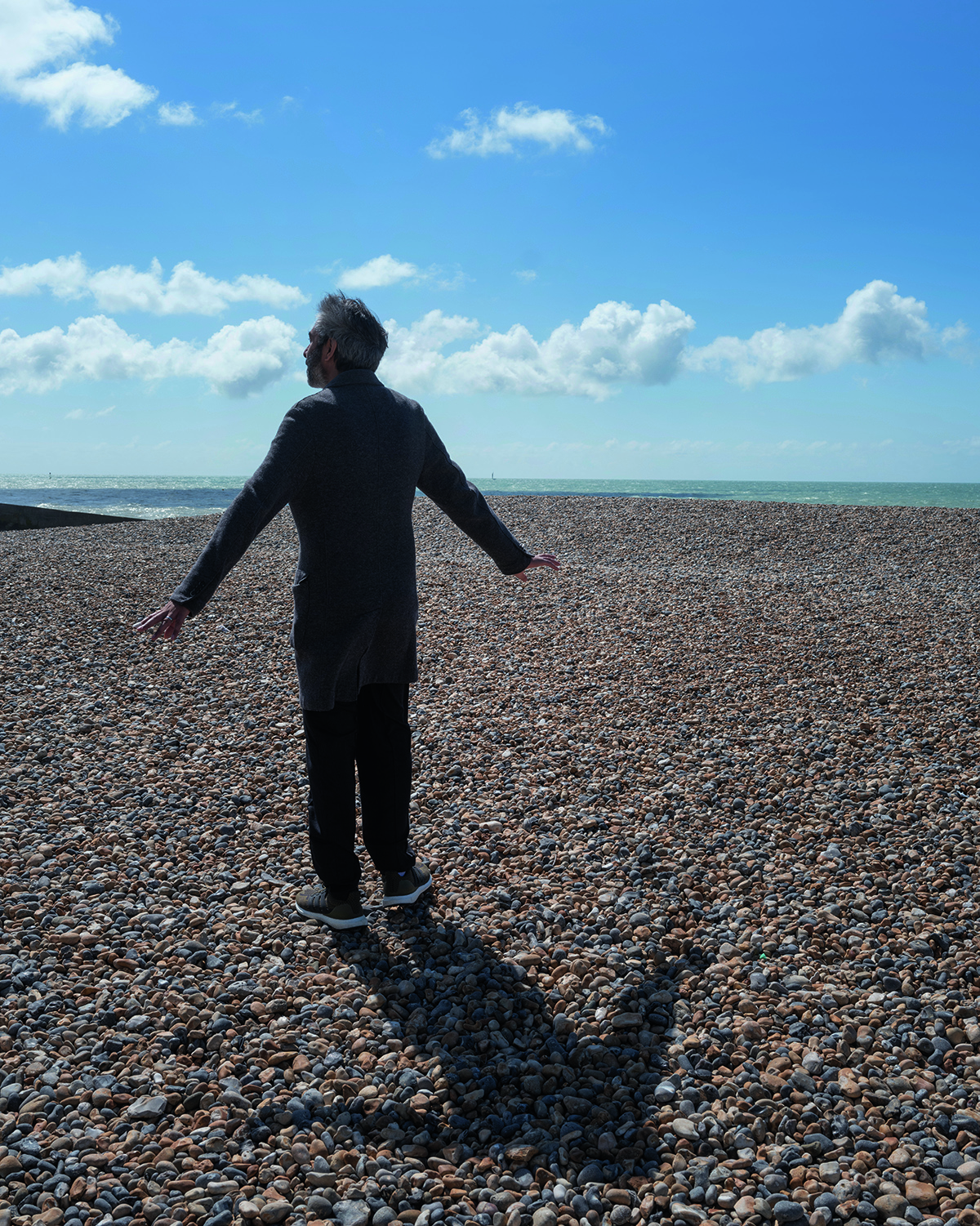
Portraits by Jonathan Glynn-Smith
Other works focus on the intersection of climate change, migration and trauma. ‘Labanof Cycle’ is a series of large-scale textile works created in collaboration with Labanof (the Laboratory of Anthropology and Forensic Odontology) at the University of Milan, whose team recovers and documents lost possessions – even human remains – of migrants attempting the Lampedusa crossing from North Africa to Sicily. Dawood’s images, painted and screen- printed onto textiles, feature images of cigarette packets, Spider-Man gloves, batteries and tiny bags of earth taken from homelands. In immortalising what is lost at sea from boats that have capsized or sunk, Labanof creates a record of lives lost. It is a programme designed to serve both grieving families and legal and humanitarian protocol.
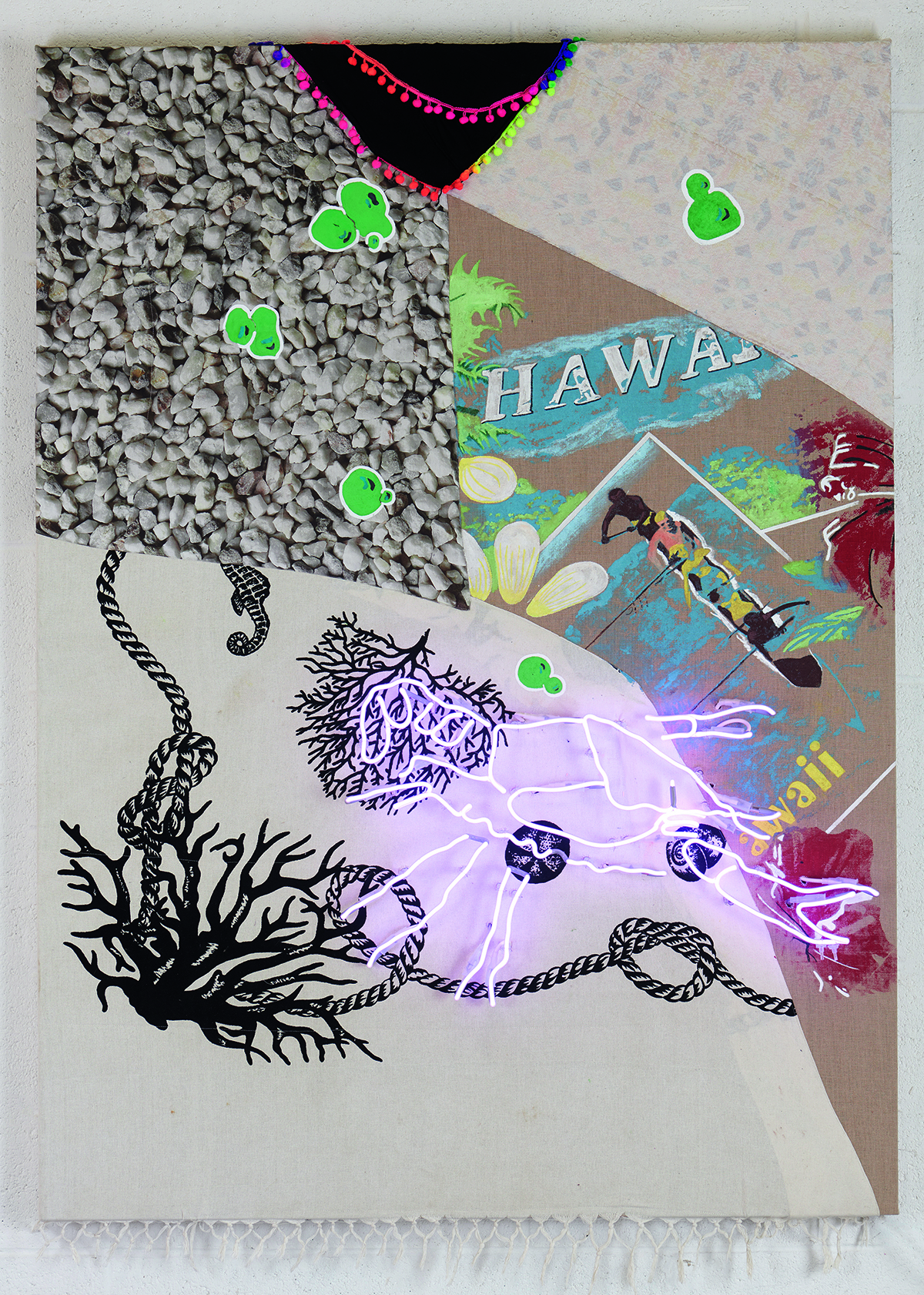
Disposable Mementoes (Crayfish), 2018
The subject matter is alarming. Yet, from enormous tactile images and immersive VR experiences, to the ghostly iridescent sheen of coral sculptures, Dawood’s work remains wondrous, enticing, empathetic. He is quick to mention the many scientists and thinkers who have contributed to it, sharing time and research to help him understand their specialisms.
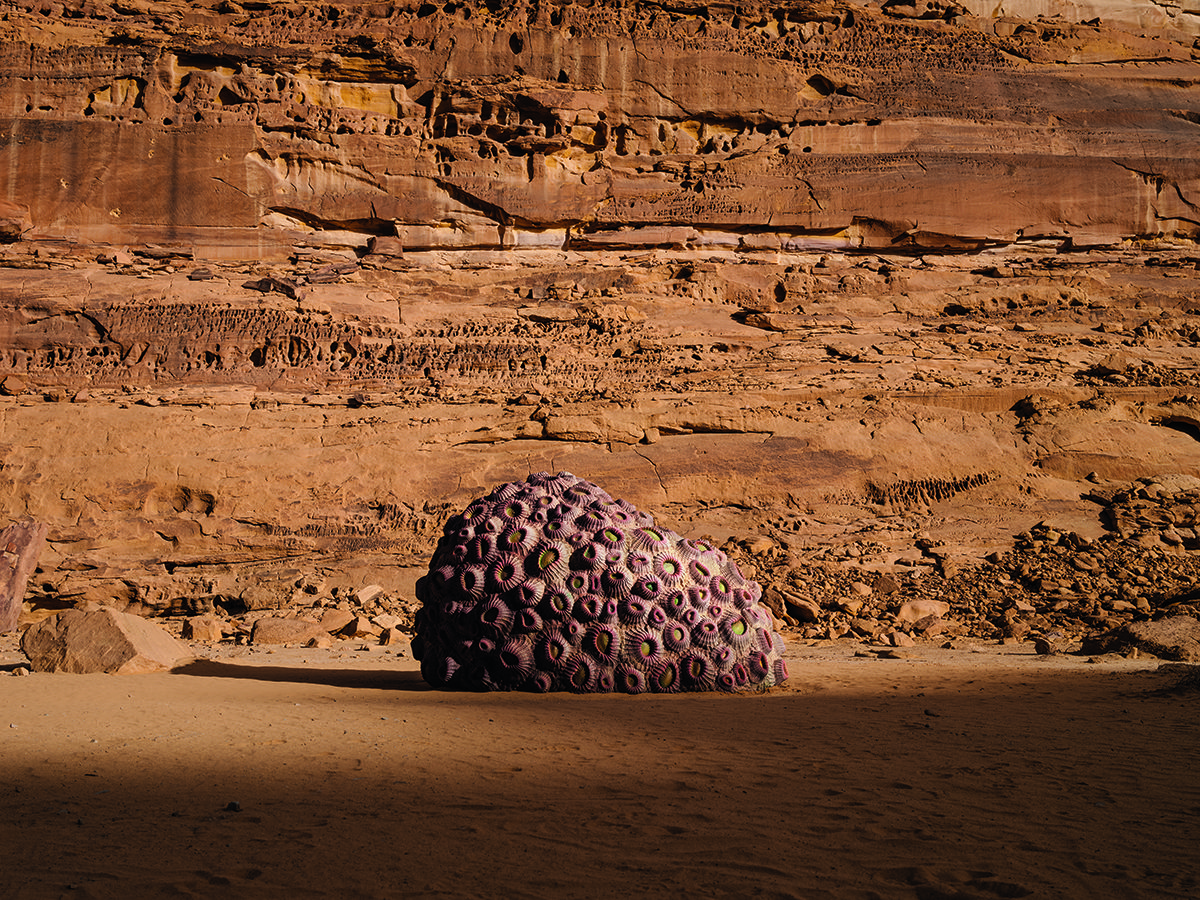
Coral Alchemy I (Dipsastraea Speciosa), 2022
As well as communicating these issues of our time, Dawood has become determined to “close the virtuous cycle”. This is done, in part, through sharing information. “There is a web platform for ‘Leviathan’, and I have invited scientific informers to write short, accessible papers for it, bringing the science back to the forefront,” he explains. “We’re also upping the ambition.”
Read more: An Interview With KAWS
In collaboration with Professor Madeleine van Oppen at the Australian Institute of Marine Science (AIMS), Dawood is in the process of creating two grants, to be awarded annually to individuals working in coral research.
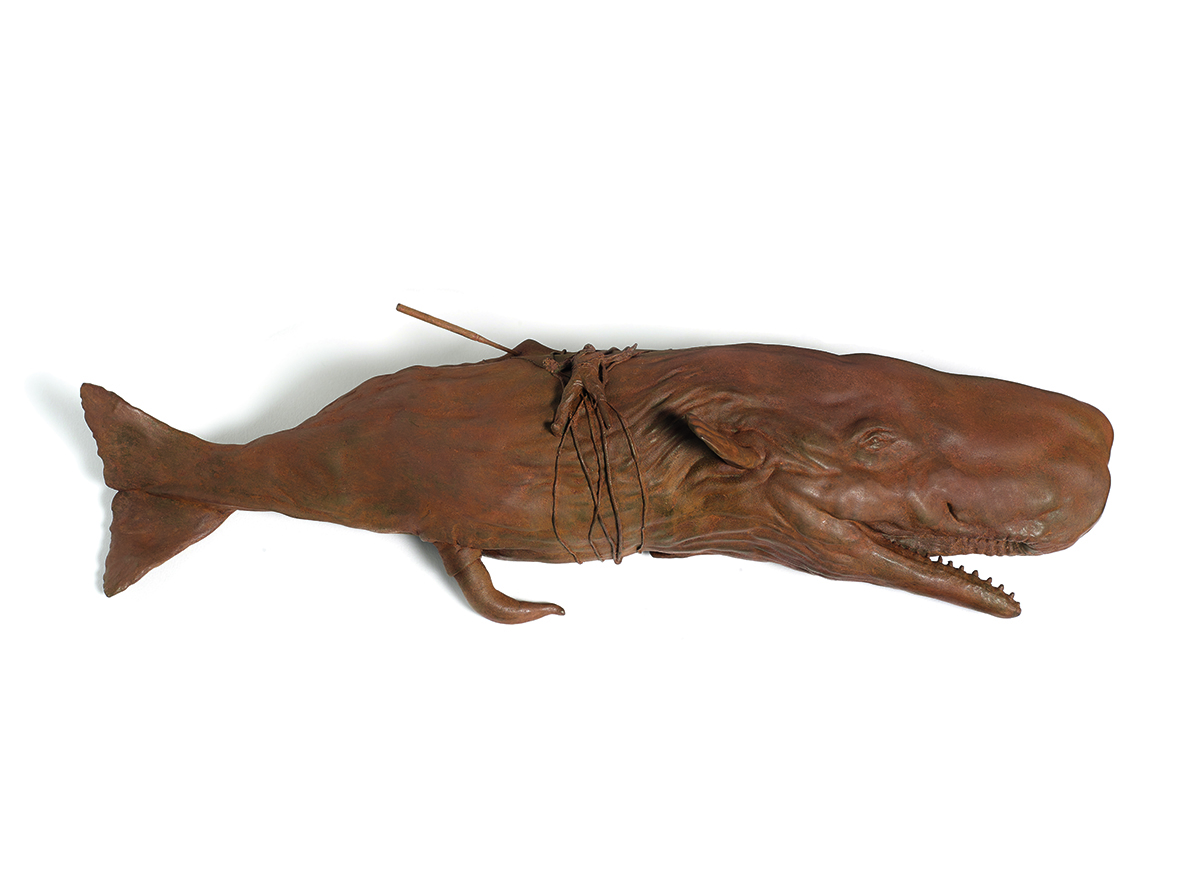
Leviathan, 2017. All artworks are part of Dawood’s ongoing ‘Leviathan’ project
It is both a chance to pay it forwards, he says, and an exercise in interdisciplinary collaboration. “I believe, increasingly, in an idea of convergence. How do we find ways to coexist, and take the broadest number of people along with us, into a more constructive set of notions of the future? How do we start having those conversations? We need new, fresh ways to think about how people can come together.” He smiles. “I’m an optimist, in spite of it all.”
Shezad Dawood is the official artist for the Deutsche Bank Wealth Management Lounge at Frieze London
Find out more: shezaddawood.com
This article first appeared in the Autumn/Winter 2022/23 issue of LUX








